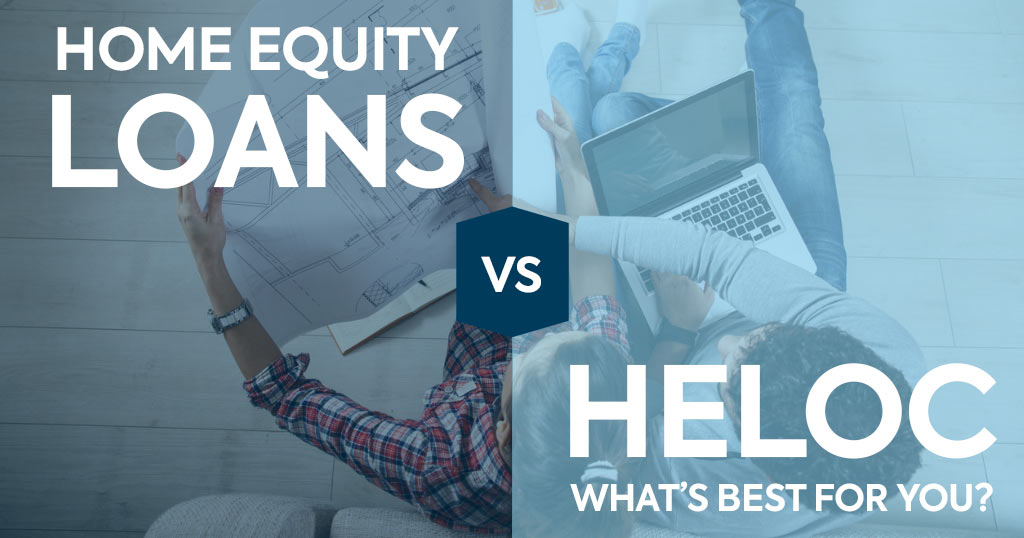
Home Equity Loan vs. HELOC: What's the Difference?
April 4, 2025
 By Janelle Noreen
By Janelle Noreen
Vice President - Retail and Mortgage Services
Are you ready to tackle a home project you've been putting off?
The good news is, your house has likely increased in value lately — which means you have more equity to pay for things like home renovations. But the only way to unlock that value (without refinancing or selling your home) is to access it with a home equity loan or a home equity line of credit, known as a HELOC.
Home Equity Loans and HELOCs are both great ways to borrow against the equity you have in your home, but there are some key differences between them.
What is a Home Equity Loan?
A home equity loan is a lump sum of money that you borrow from the bank, using the equity in your home as collateral. You receive the full loan amount upfront and then make fixed monthly payments over a set term, typically 5 to 30 years. The interest rate on a home equity loan is usually fixed, which means it stays the same throughout the life of the loan.
What is a Home Equity Line of Credit (HELOC)?
On the other hand, a home equity line of credit (HELOC) is a pool of funds that you can draw from as needed, up to a certain limit, and you only pay interest on the amount you borrow. The HELOC is also secured by the equity in your home, but the interest rate is variable — meaning it can fluctuate over time. Once you transfer the funds from your HELOC, they are available the same day to spend.
Side-by-side comparison:
In summary, a home equity loan is a one-time lump sum loan with a fixed interest rate and repayment term, while a HELOC is a revolving line of credit — sort of like a credit card — with a variable interest rate and more flexible repayment options.
Here's a side-by-side table to break down the differences one more time:
| |
Home Equity Loan
|
HELOC
|
| Loan Structure |
One lump sum of funds that you receive once. |
A pool of funds you can draw from, over a period of time. |
| Repayment |
Fixed payments each month. |
Pay minimum interest each month, but flexible after that (like a credit card). |
| Interest Rates |
Typically higher than HELOC rates; fixed for the entire term. |
Usually lower rates, but they will vary and fluctuate over time (and depending on market conditions). |
| Flexibility |
Great for a one-time expense (home renovation, debt consolidation, etc.) |
More flexible; use the funds as needed and only pay on the amount you borrow. |
How much can you borrow?
The amount you can borrow with a home equity loan depends on several factors, including the value of your home, the amount of equity you have in your home, and your credit score.
Typically, lenders allow you to borrow up to 80% of your home's value, minus the amount you owe on your mortgage. For example, if your home is worth $500,000 and you owe $300,000 on your mortgage, you may be able to borrow up to $100,000 ($500,000 x 80% - $300,000).
However, the actual amount you can borrow may be lower or higher depending on your lender's specific requirements and your financial situation. Lenders may also consider your income, employment status, and other debts when determining your eligibility and loan amount.
It's important to remember that a home equity loan uses your home as collateral, so you should only borrow what you can comfortably afford to repay.
If you're interested in unlocking your home's equity, see our current home equity loan rates to learn more.
What matters most:
Ultimately, the choice between a home equity loan and a HELOC depends on your specific financial needs and goals. Talk to one of our experts today to help you determine which option is best for your situation!